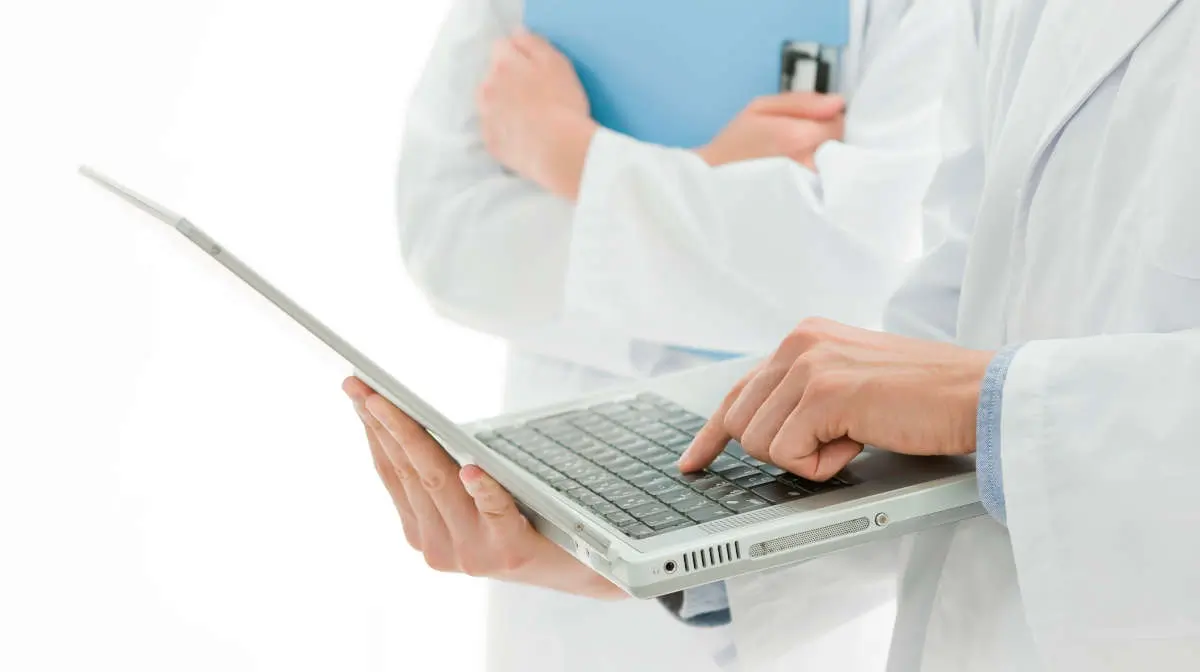A safety database is a fundamental tool for complying with pharmacovigilance regulations, allowing you to save time and resources. Here it is the reasons why a safety database is convenient for pharmaceutical companies.
What is a pharmacovigilance safety database and what is it for?
International regulations require every pharmaceutical company to monitor the risk/benefit ratio of its drugs. This is an activity called pharmacovigilance. In order to carry out it, pharmaceutical companies must collect reports of adverse events, analyze them, evaluate them and submit periodic reports to the authority. A pharmacovigilance safety database is a tool that helps the company carry out all these tasks.
Data collection. A database allows you to collect and store pharmacovigilance cases regardless of source and format. In fact, reports received directly from the pharmaceutical company can be entered manually, or cases received from the authority can be imported in electronic format (ICSRs).
The safety database also makes it possible to distinguish the typology, therefore for example spontaneous reporting, reporting by the authority or cases from the literature.
Case processing. According to the Good PharmacoVigilance Practices (GVP) guidelines, the process of each case must go through the following phases: data entry (manual or electronic import), Quality Check, Medical Review and, if necessary, submission to the authority or distribution to partners. A computerized safety database is already designed to follow this workflow. Furthermore, it helps the operator by verifying the correctness and completeness of the data through special checks when switching status.
Case submission. With a computerized database it is possible to submit cases to the authorities through automatic tools. An example of this is the gateway which even allows massive sending in the electronic format required by the standards. You can also distribute them directly to partners to comply with Safety Data Exchange Agreements (SDEA).
Analysis of collected data. The pharmaceutical company will have to analyze the data collected in order to evaluate the risk/benefit ratio of its products. With a computerized database, the team is facilitated in extracting the pertinent cases through specific search filters. Furthermore, a computerized database makes it possible to integrate a Business Intelligence module for even more detailed analyzes of aggregated data.
Extraction and submission of pharmacovigilance reports. Obligation of the company that holds the Marketing Authorization Holder (MAH), is to send Periodic Safety Update Reports (PSUR). With a computerized safety database, it is possible to quickly extract the lists necessary to complete the PSUR and submit it to the authority.
Signal detection. Another obligation of pharmaceutical companies is to carry out signal detection, i.e., the search for a result that is out of parameters with respect to that expected from the risk/benefit ratio and which can therefore modify the safety profile of the drug. Also, in this case it is essential to have a computerized tool capable of helping the operator to detect a potential signal.
You might like: How to choose a safety database: the definitive guide
How a safety database allows a pharmaceutical company to save
The pharmacovigilance activity, although aimed at protecting the health of the patient, leads to a great expenditure of resources for pharmaceutical companies. However, the entire process can be optimized with the use of a computerized safety database which allows the pharmacovigilance team to have more precise data, save precious time and meet quality and safety requirements. Consequently, having a database allows you to avoid errors, perform analyzes faster and above all prevent the findings during the inspection phase.
You might like: Why an Excel sheet is not the best choice for ICSRs managing
The advantages of SafetyDrugs, the safety database
In addition to managing the entire case process, SafetyDrugs further simplifies the daily work of the pharmacovigilance team thanks to tools such as:
- Pre-import triage. It allows you to preview the case in order to evaluate its actual applicability.
- Duplicate search function. It allows you to detect any duplicate cases compared to those already present in the database.
- Integrated messaging system. It allows you to send emails with attachments or alerts to remember regulatory deadlines and notify you of workflow status changes.
- Tracking notes. It is the case processing diary in which to record follow-up requests, comments and notes of various kinds. It can be printed in a report and linked to notifications.
- Additional reports. In addition to the regulatory reports, there are another dozen to monitor the daily activity of the user for quality assurance and reconciliation purposes.
SafetyDrugs is also recognized as one of the best European products on the market for value for money. Its modular structure makes it possible to adapt to the business model of each company by offering a tailor-made solution.







